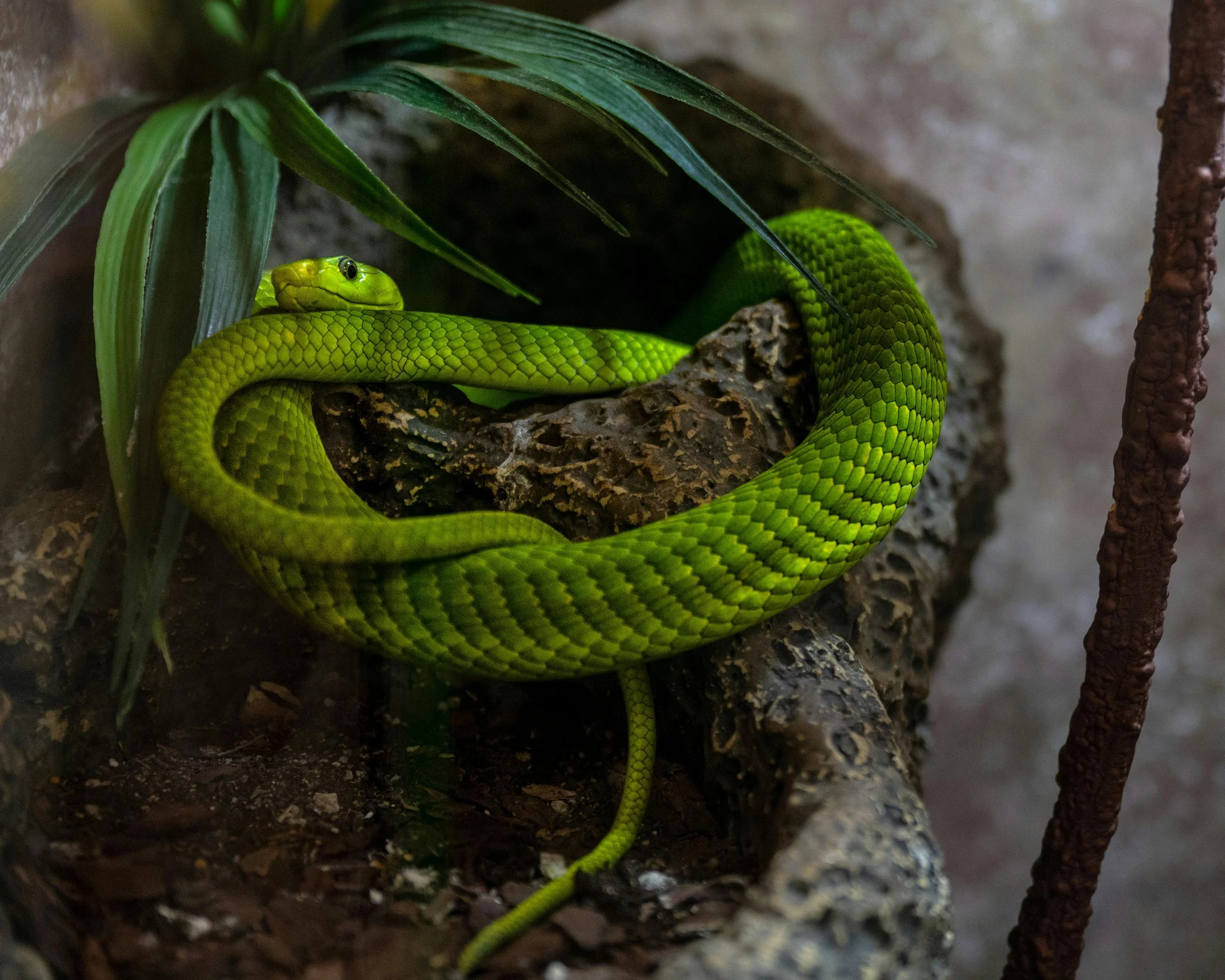The Illegal Wildlife Trade: A Billion-Dollar Threat to Biodiversity
The biggest driver of species loss on Earth is still habitat destruction—forests cleared for farms, wetlands drained for development. But a close second, and one we can actually choke off with smart policy and consumer choices, is the illegal wildlife trade.
This global black market is one of the most lucrative criminal enterprises on the planet—worth up to $25 billion a year—and it’s accelerating biodiversity loss from the tropics to our own backyards. Much of it now happens online, where organized networks move animals, plants, and their parts with low risk and high profit.
“Low risk, high profit” is the business model. Harvesters, middlemen, and buyers often face little accountability—while species pay the price.
What Counts as Wildlife Trade?
It spans flora (plants), fauna (animals), and fungi, taken from land or water, shipped alive or dead, and sold whole or as derivative parts and products. As grisly as it sounds, the market runs on everything from live parrots and reptiles to ivory carvings, turtle-shell jewelry, pinned butterflies, and “novelty” furniture like elephant-foot stools.
Iconic targets: elephants, rhinos, tigers.
Non-iconic but heavily impacted: corals, orchids, cacti, parrots, reptiles, and even fungi like truffles.
Where It Happens
Oceania / Australia: coral collection hot spots
Central & South America: birds, orchids, and cacti
The Amazon & Africa: wide range of trafficked species and parts
And it’s not only an “over there” problem: Europe is the world’s third-largest consumer and transit hub, acting as source, gateway, and market for illegal wildlife goods.
The Biggest Slices of the Trade
1) Exotic Pets
The exotic pet trade is massive. In the Neotropics, 68% of parrot species are affected by capture for local pet markets—the single largest threat to parrots. Birds fetch prices hundreds to thousands of times higher once they reach European buyers. Reptiles dominate too: lizards, turtles, and snakes.
Status animals—cheetahs, tigers—surface in private or unlicensed collections. A further problem: laundering wild-caught animals through sham “captive breeding” operations. In Brazil, for example, 93 of 213 assessed species were found to be illegally bred by commercial breeders.
2) Traditional Medicines
Across China, Africa, the Caribbean, Latin America, Australia, North America, and Europe, an estimated 500 animal species are used: bear bile, pangolin scales, panther products, and more. The pressure these markets place on wild populations is severe.
3) Trophies, Décor & Fashion
“Curios” and fashion fuel demand for:
Ivory (libation bowls, caskets, pipes, jewelry) — about one-third of all wildlife-trade seizures in Africa involve elephant products.
Reptile skins for leather goods (e.g., python—typically not farmed).
Turtle-shell jewelry, pinned butterfly souvenirs, and other décor.
Some legal operations exist (e.g., Nile crocodile farms in Kenya), but many skins and parts—especially python—do not come from legal farms.
Enforcement Reality: A Global Game of Whack-a-Mole
Online sales are growing fast, making enforcement harder.
No single country accounts for more than 9% of seizures, underscoring how distributed—and slippery—the networks are.
Laundering into captive-breeding systems obscures origins and enables “greenwashing” of wild-caught animals.
Meanwhile, the IUCN Red List flags over 5,000 animal species as threatened or near-threatened due to use and trade pressures alone.
Timber: The Overlooked Wildlife Crime
Illegal logging is the largest single loss of resources among environmental crimes, estimated at $30–$100 billion annually. High-value woods (e.g., “redwoods” for furniture and instruments) are often whitewashed with forged paperwork to appear legal. The ecosystem damage cascades: when forests fall, habitat vanishes—and so do the species that depend on it.
Why This Trade Thrives
Organized criminal groups with efficient supply chains
Minimal risk of prosecution compared to other illicit trades
High profits at each stage—harvesters, intermediaries, and end buyers
What You Can Do (That Actually Helps)
Don’t buy wildlife or wildlife products. Full stop. It’s very hard to tell legal from illegal—and laundering is common.
Avoid exotic pets. If you already keep reptiles or birds, verify lineage and documentation with extreme scrutiny.
Skip décor/fashion from animal parts (ivory, turtle shell, reptile skins) and souvenirs like pinned butterflies.
Choose verified wood products and instruments—look for robust proof of legal origin and sustainability.
Report suspicious online listings to platforms and authorities.
Support habitat protection. Trafficking and deforestation are a one-two punch; protecting forests tackles both.
The Big Picture: A Planet at a Crossroads
Earth has weathered five mass extinctions over billions of years. Today, habitat conversion, climate change, and illegal trade are pushing many species toward the brink. As wild populations shrink and ecosystems fray, the last thing we should do is fund the pipeline that empties forests, reefs, and rivers for trinkets, trophies, and pets.
The simplest, most direct action: don’t buy.
Everything else—policy, enforcement, and cultural change—gets easier when the market dries up.

